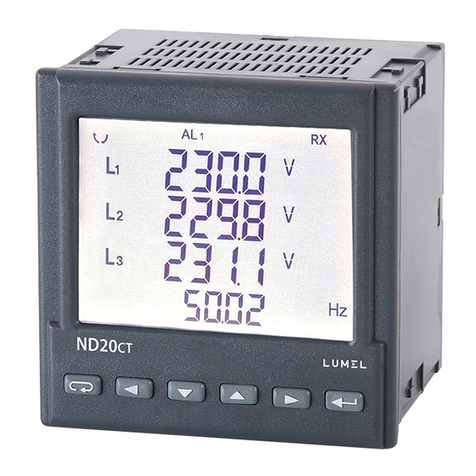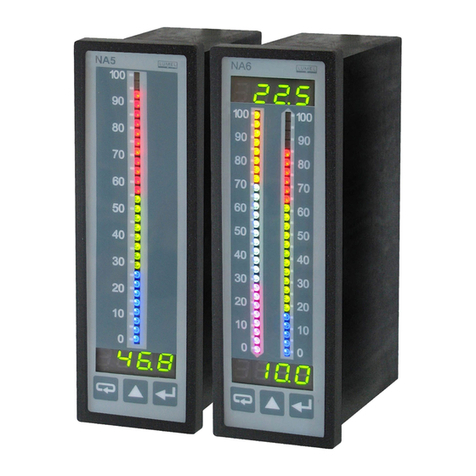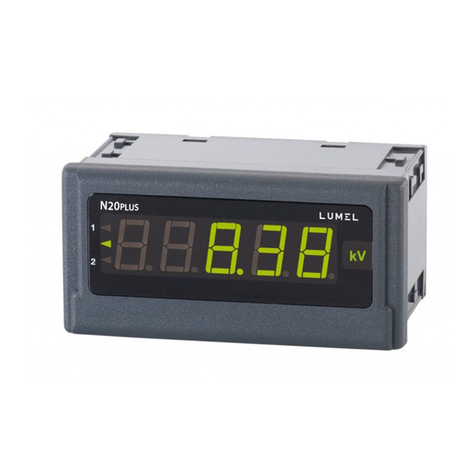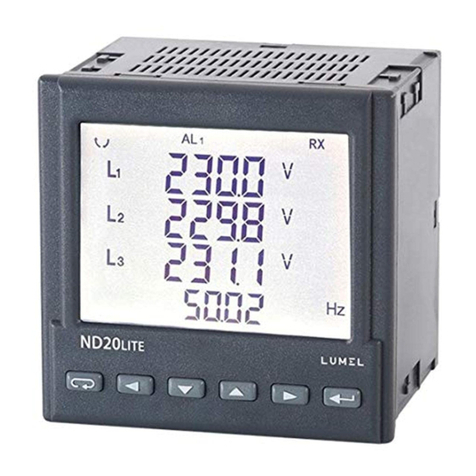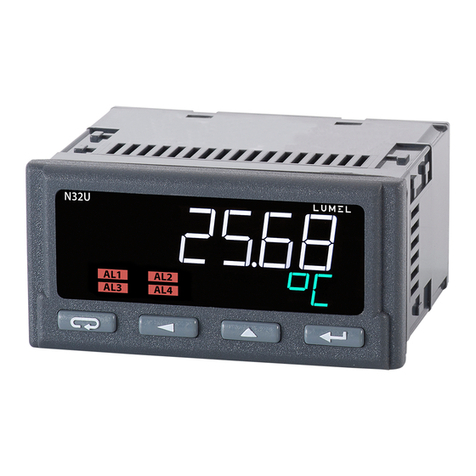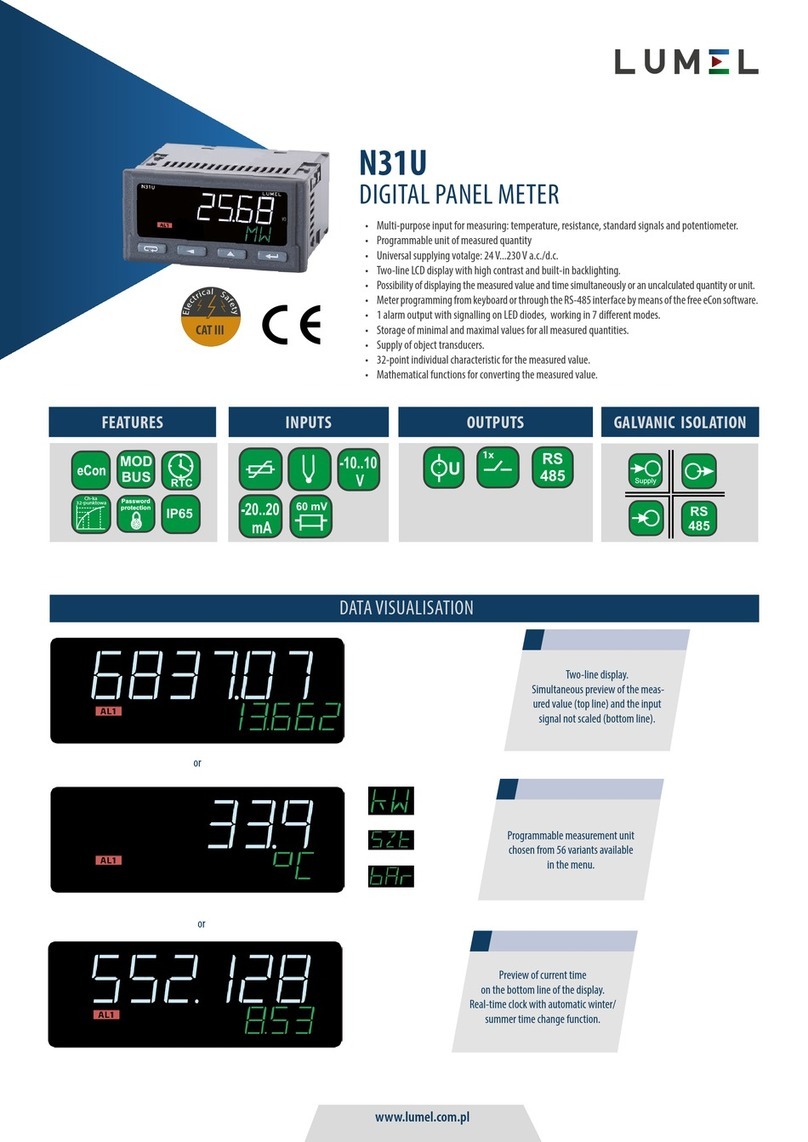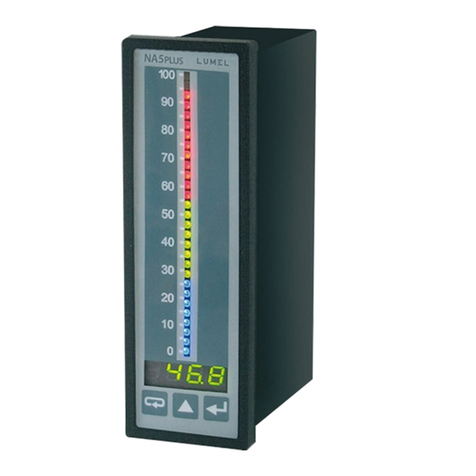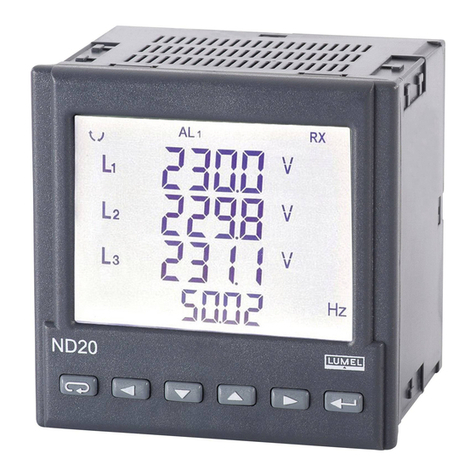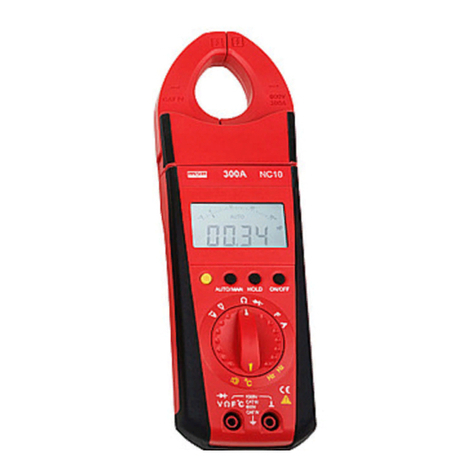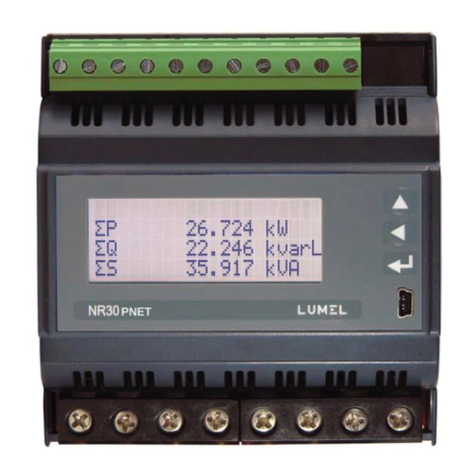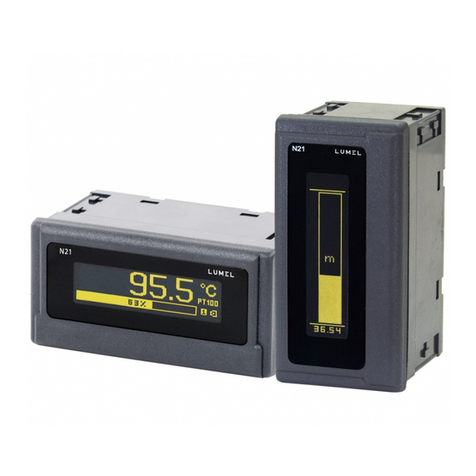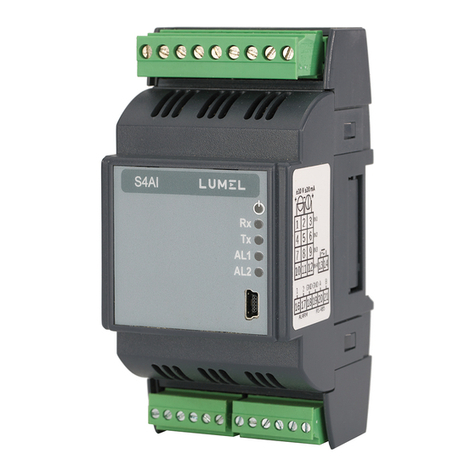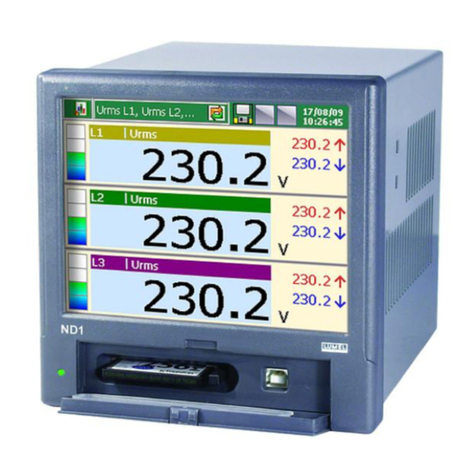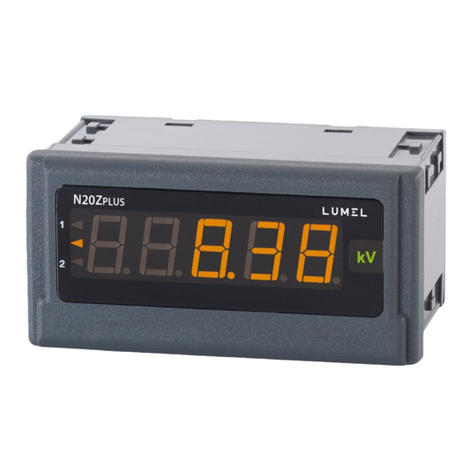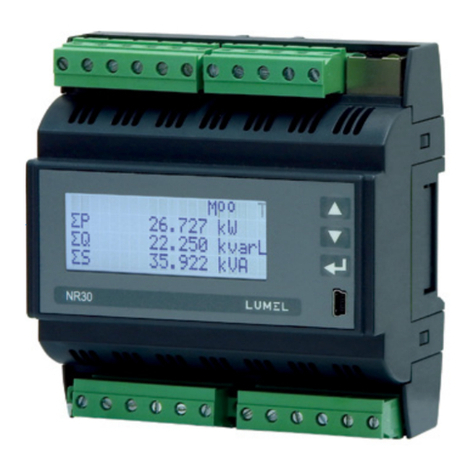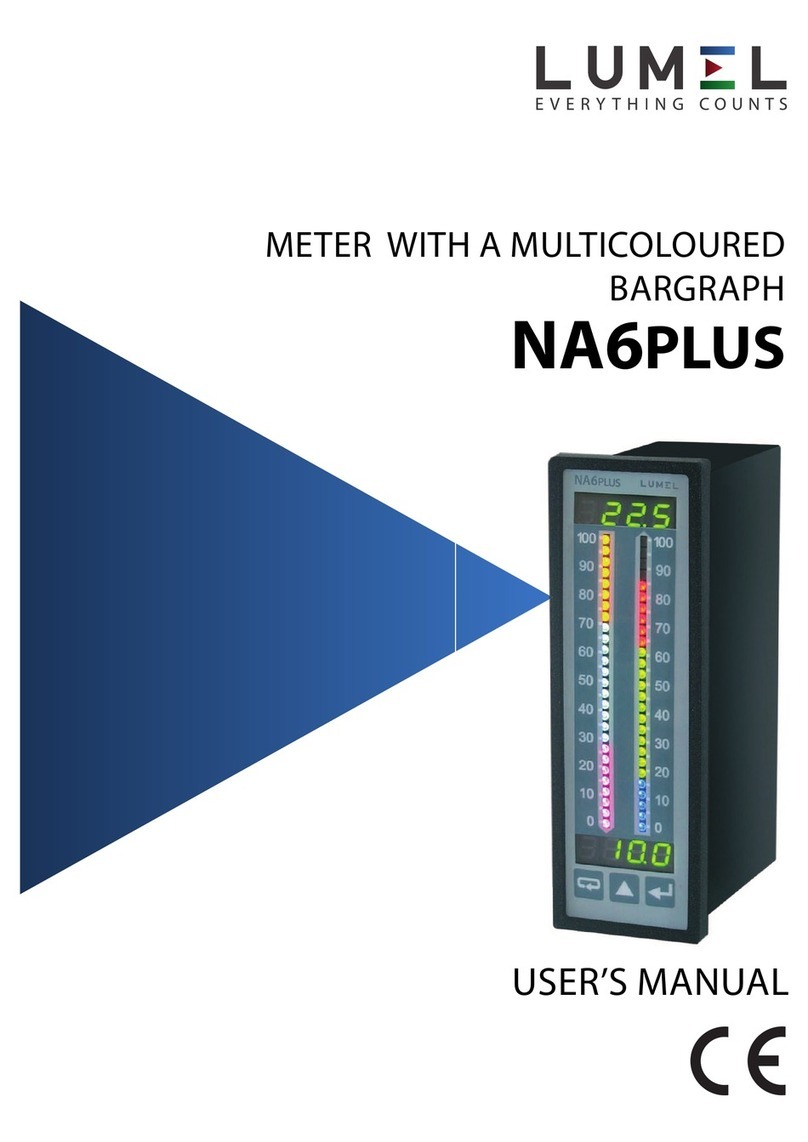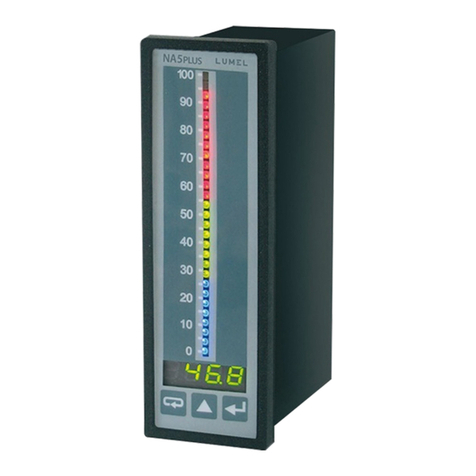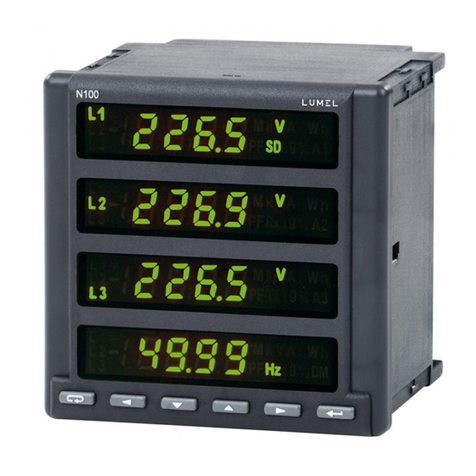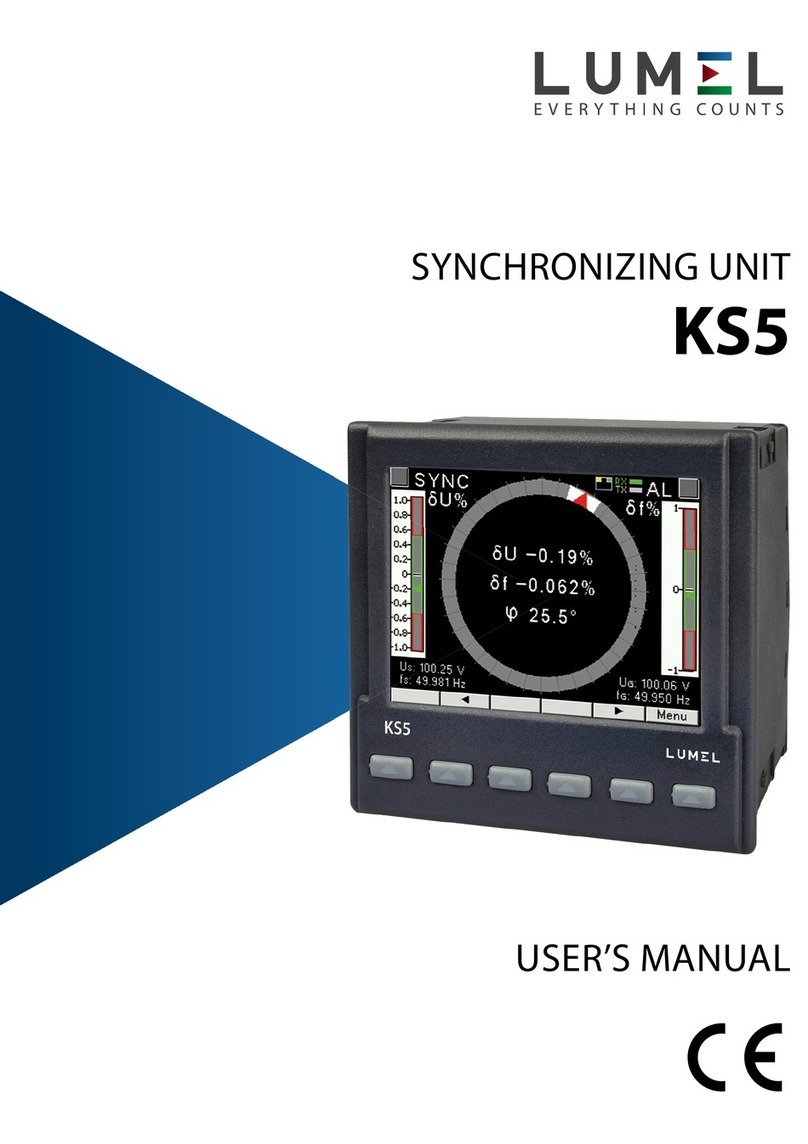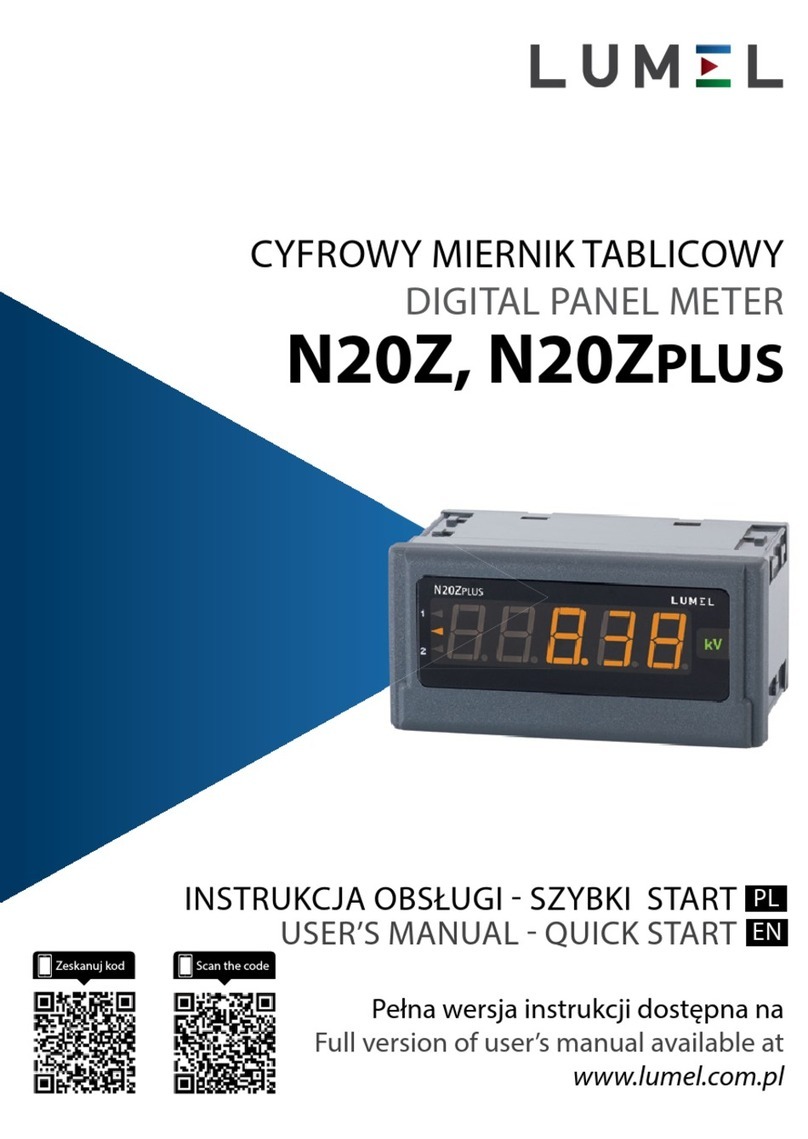
%
!
?
!
3. BASIC REQUIREMENTS, SAFETY INFORMATION
Symbols located in this service manual mean:
WARNING!
Warning of potential, hazardous situations. Especially important. One must
acquaint with this before connecting the NA6 meter. The non-observance
of notices marked by these symbols can occasion severe injuries of the
personnel and the damage of the instrument.
CAUTION!
Designates a general useful note. If you observe it, handling of the meter
is made easier. One must take note of this when the instrument is
working inconsistently to the expectations.
Possible consequences if disregarded !
In the security scope the meter meets the requirements of the EEC
Low-Voltage directive (EN 61010 -1 issued by CENELEC).
Remar s concerning the operator safety:
1. General
lThe NA6 meter is destined to be mounted on a panel.
lNon-authorized removal of the required housing, inappropriate use, incorrect
installation or operation creates the risk of injury to personnel or damage to
equipment. For more detailed information please see the users guide.
lAll operations concerning transport, installation, and commissioning as well as
maintenance must be carried out by qualified, skilled personnel and national
regulations for the prevention of accidents must be observed.
lAccording to this basic safety information, qualified, skilled personnel are
persons who are familiar with the installation, assembly, commissioning, and
operation of the product and who have qualifications necessary for their
occupation.
2. Transport, storage
Please observe the notes on transport, storage and appropriate handling. Observe
the climatic conditions given in Technical Data.
3. Installation
lThe NA6 meter must be installed according to the regulation and instructions
given in this users guide.












